Foss Bank, York
Old maps and photos show that, rather than being rather denuded of interest like today, Foss Bank (previously Foss Bank Road) was the site of a chicory works, York United Gas Light Company and some houses. Orchard Street, now demolished, ran from Foss Bank to Jewbury. If you walk behind Sainsbury’s near Agar Street then you can see the wall of the gas works. This was called Love Lane. The Jewbury end is now called Cloister Walk. The gas works were targeted by German bombs during the Second World War. Gas company has large quantities of puddled clay to deal with holes in gas holders and used long tools. In December 1942 a fireman and an airman who had been on duty at the gas works were overcome by fumes and sent to hospital.
My mum’s cousin remembers taking her friends and her doll’s pram to the gas works. She had been told by her Grandad Woods that the iridescence of petrol spilt on roads was part of fairy land. She tried to pick some up at the gas works but it was horrid and oily. They got it all over them. Mum’s cousin screamed and a man came running. He went and told Grandad. At home in Bilton Street, Layerthorpe, they were scrubbed with yellow soap in the back yard.
Mum’s cousin remembers playing in unsuitable places during the War. In this area, where houses had been demolished, the Germans had dropped stuff to interrupt communications. It was silver paper on one side, coloured on the other. The children made hulu-hulu skirts and danced around. But her Granny, Margaret Woods, said it might be contaminated. It was cleared away soon after. Mum’s cousin went digging at Foss Bank as a child and found Roman tesserae. Many years later, her grandson went on an archaeology course and found Roman tesserae. Granny Woods as a child played at what she’d been told was a Jewish Cemetery. When Sainsbury’s was planned on Foss Bank, an archaeology dig in 1982-83 found the medieval Cemetery and almost 500 graves.
A pipe used to run above the road from the gas works on Foss Bank to the gas works on Layerthorpe. It was demolished in the early 70’s. One of the footings is still in the river:

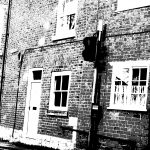

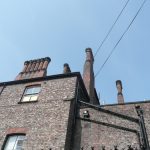

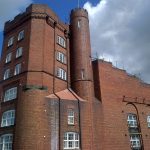
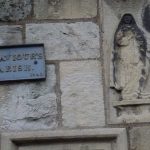
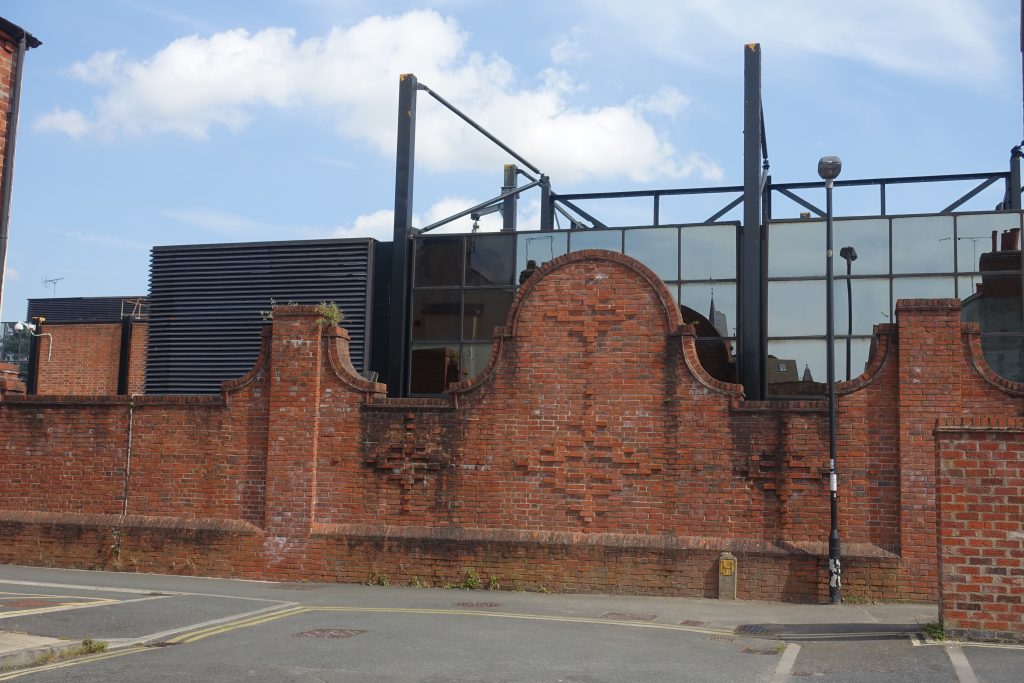
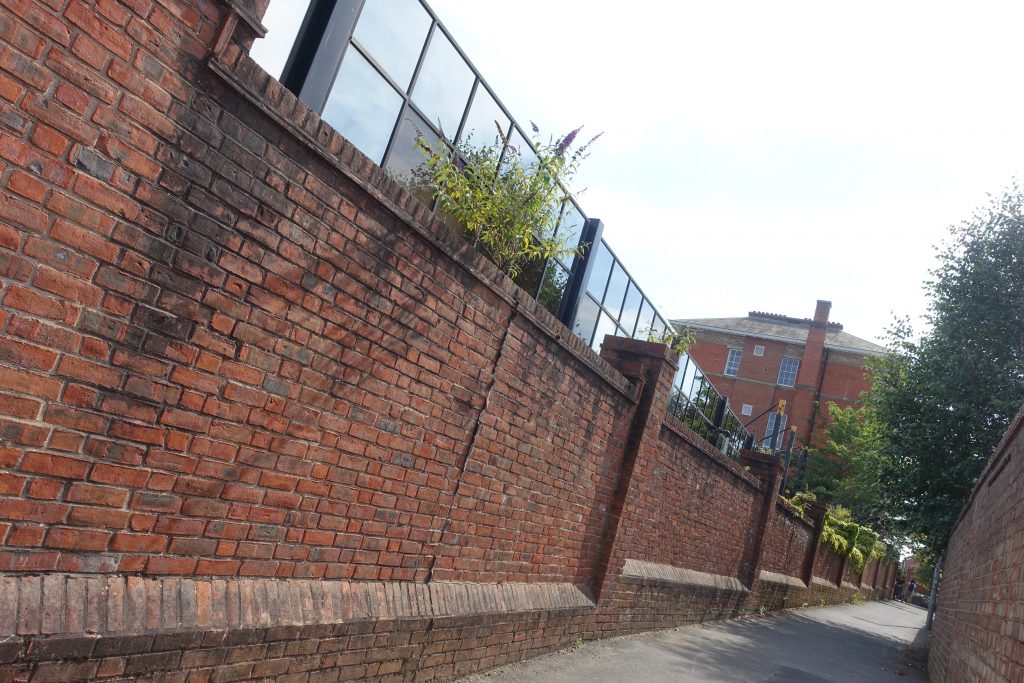
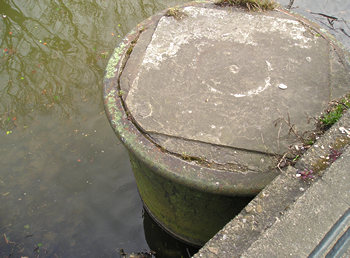
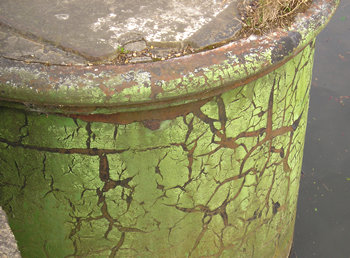
Leave a Reply